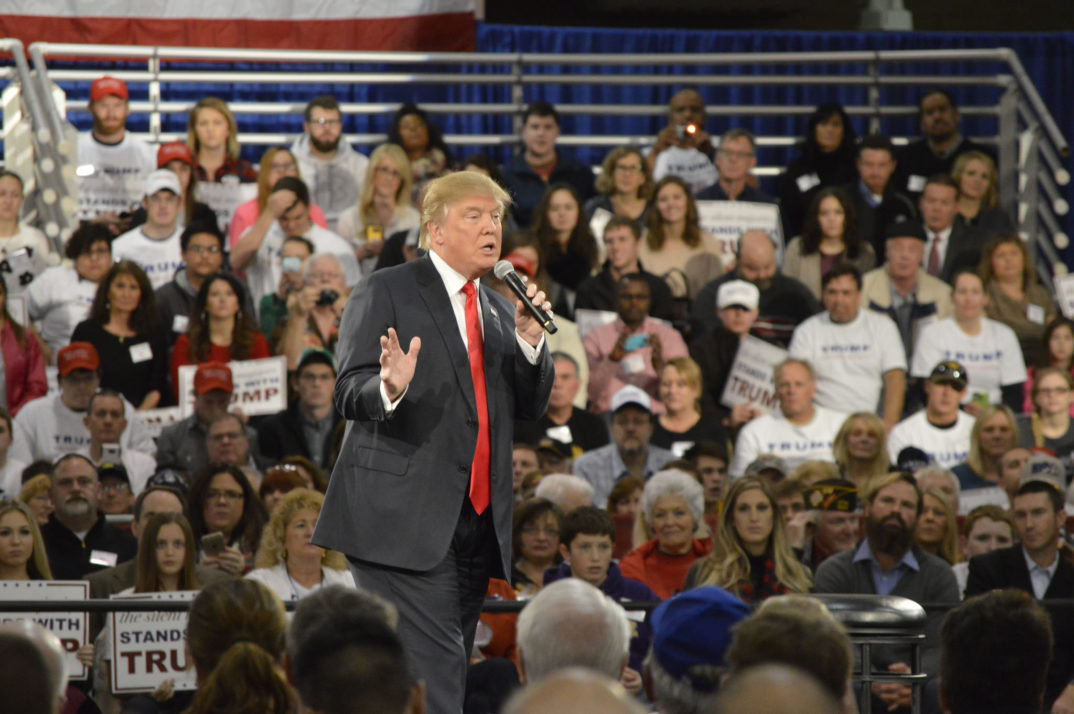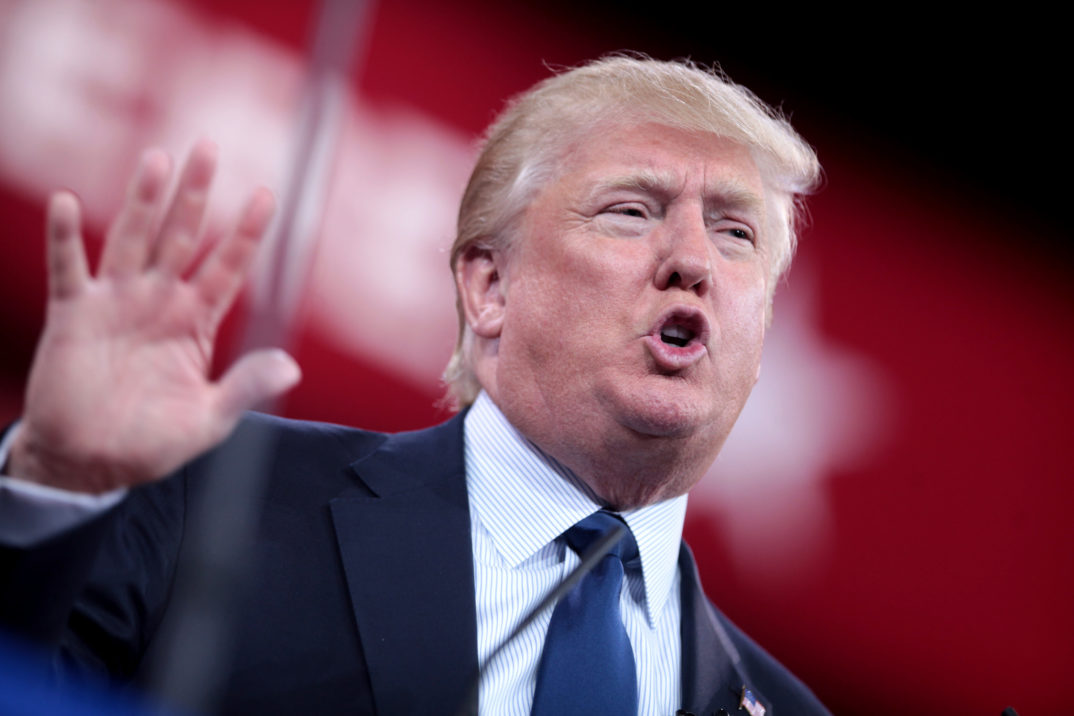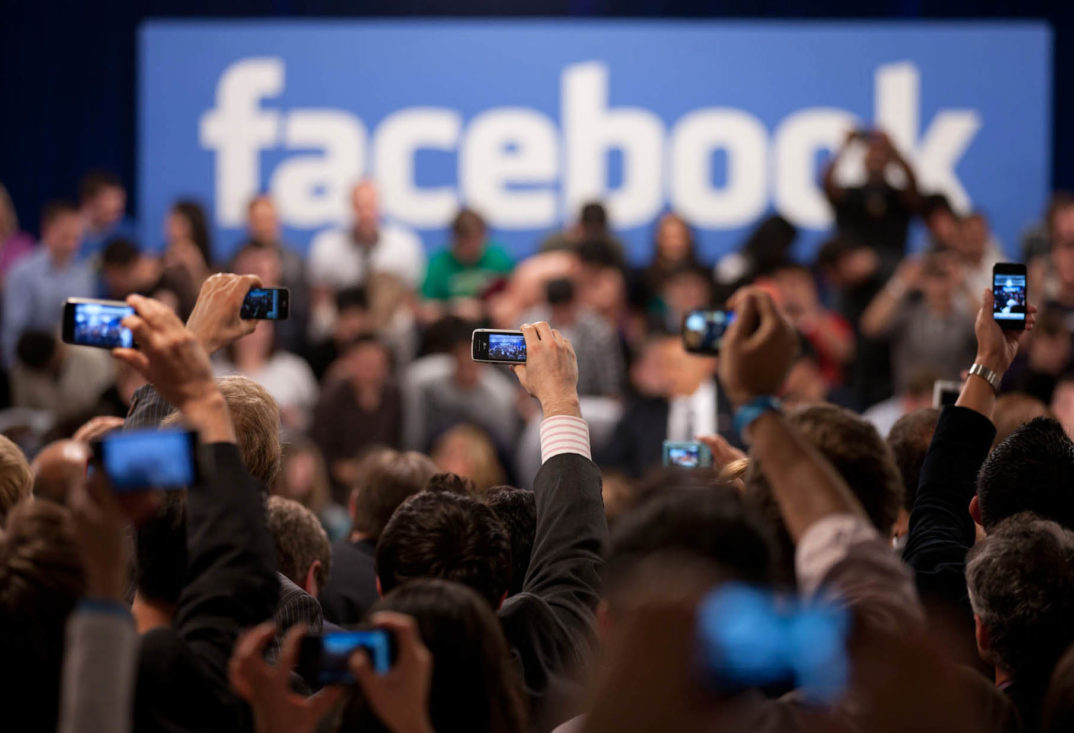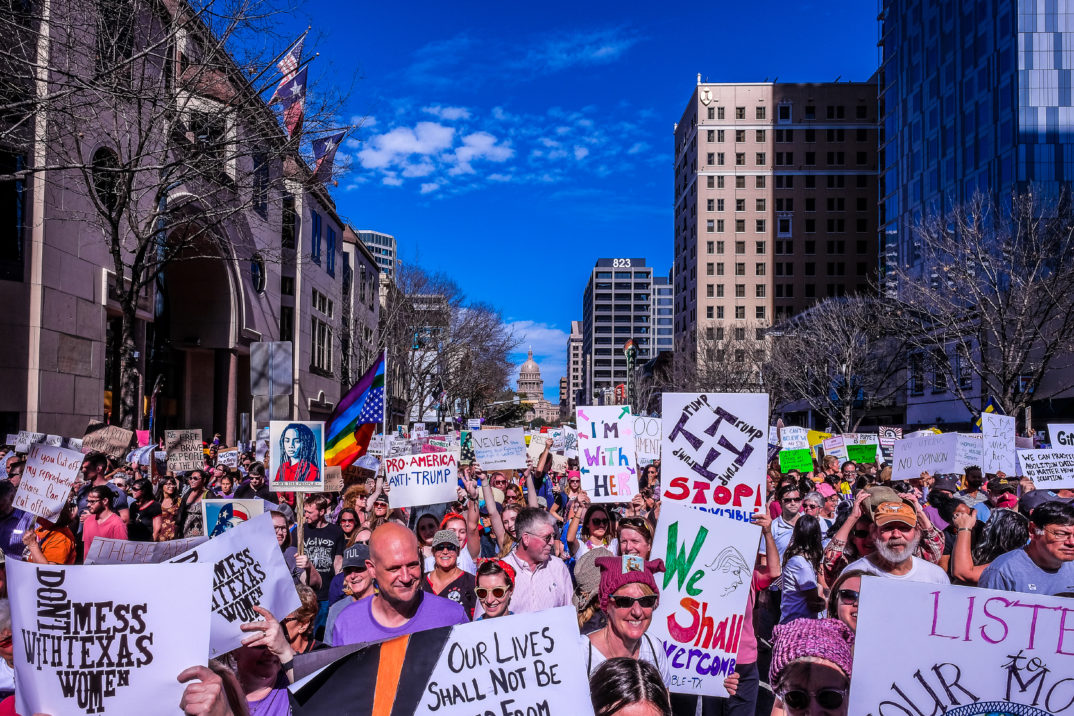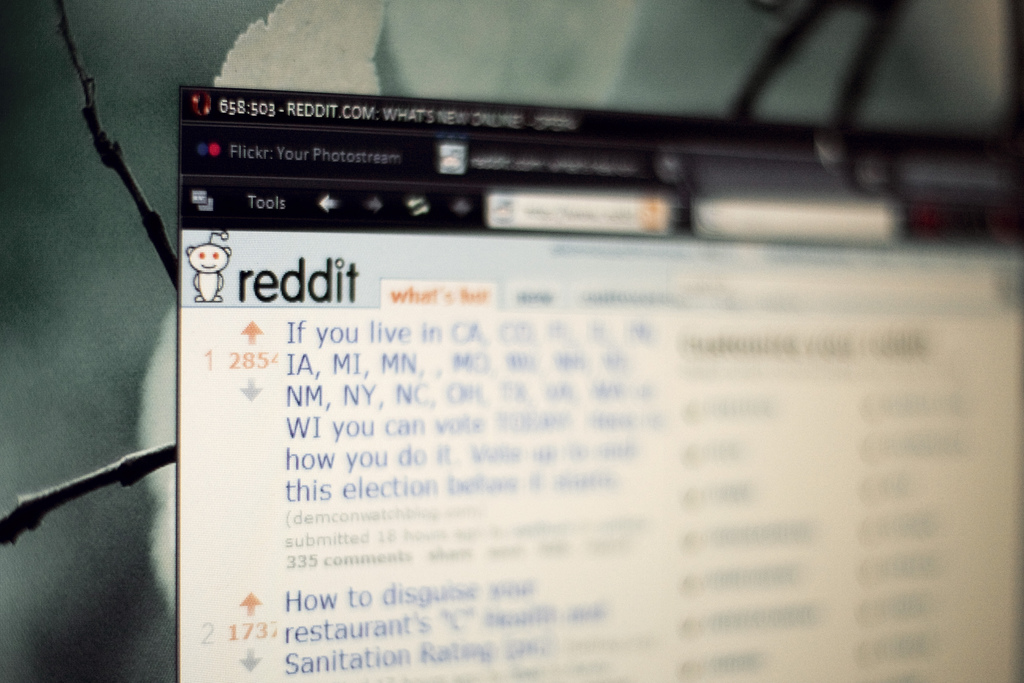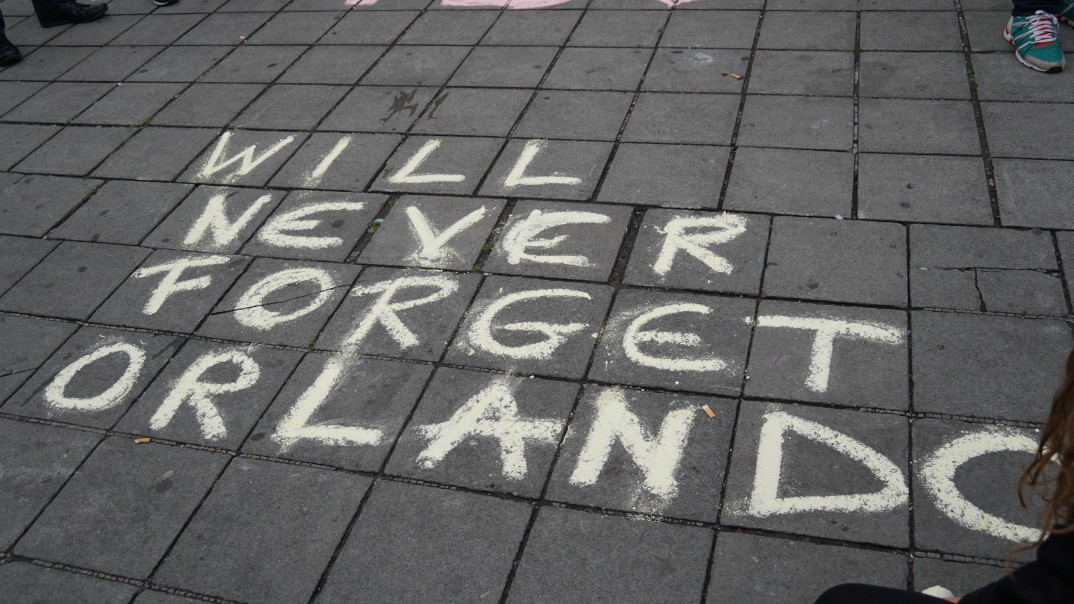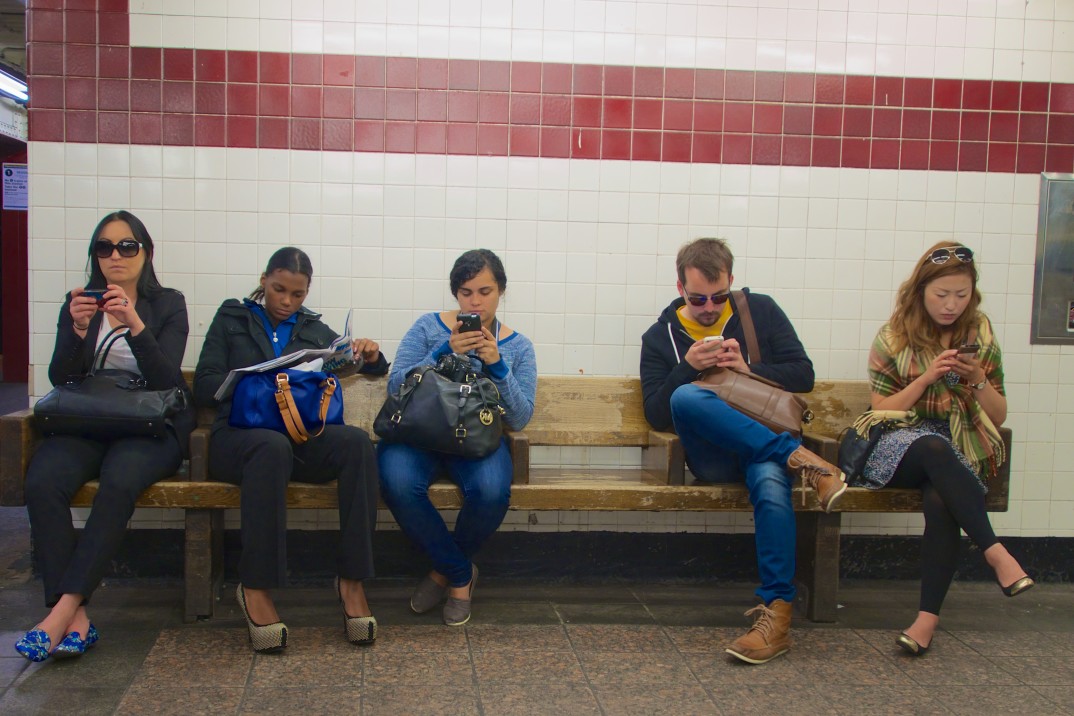Every day U.S. President Donald Trump calls “fake news” on particular stories or whole sections of the media that he doesn’t like. At the same time there has been a growing understanding, inside and outside the U.S., that “fake news”, that is to say fabricated news, has in recent years had an effect on democratic processes. There is of course a clear difference between these two uses of the term, but they come together in signifying a worrying development in the relations of public discourse to verifiable truth.
Taking the fabricated stories first – what might be called “real fake news” as opposed to Trump’s “fake fake news” (to which we shall return) – an inquiry concluded by the UK parliament in recent weeks that sheds further light on the connections between lies and disinformation, social media, and hindrance of transparent democratic processes makes sobering reading.
On July 24 the British House of Commons Digital, Culture, Media and Sport (DCMS) Committee released its report on ‘disinformation and fake news’. What began as a modest inquiry into recent developments and trends in digital media “delved increasingly into the political use of social media” and grew in scope to become the most detailed look yet to be published by a government body at the use of disinformation and fake news.
The report states that
“…without the knowledge of most politicians and election regulators across the world, not to mention the wider public, a small group of individuals and businesses had been influencing elections across different jurisdictions in recent years.”
Big Technology companies, especially social media companies like Facebook, gather information on users to create psychographic profiles which can be passed on (sold) to third parties and used to target advertising or fabricated news stories tailored to appeal to that individual’s beliefs, ideologies and prejudices in order to influence their behavior. This is a form of psychological manipulation in which “fake news” has been used with the aim of swaying election results. Indeed, the DCMS committee thinks it has helped sway the Brexit vote. Other research suggests it helped to elect Donald Trump in the 2016 U.S. presidential Election.
The report finds that
“…urgent action needs to be taken by the Government and other regulatory agencies to build resilience against misinformation and disinformation into our democratic system. Our democracy is at risk, and now is the time to act, to protect our shared values and the integrity of our democratic institutions.”
It’s not easy to define what “fake news” is. The term is broad enough to include lies, misinformation, conspiracy theories, satire, rumour or stories that are simply wrong. All these categories of falsehood have been around a long time and may not necessarily be malicious. The epistemic assumption that the problem with fake or misleading news is that it is untrue is not always warranted.
Given that information can be mistaken yet believed and shared in good faith, an evaluation of the epistemic failings of false information should perhaps be judged on criteria that include the function or intention of the falsehood and also what is at stake for the intended recipient as well as the purveyor of misinformation. In other words, the definition of fake news should include an understanding of its being maliciously produced with the intention to mislead people for a particular end. That is substantively different from dissenting opinions or information that is wrong, if disseminated or published in good faith.
The DCMS report recommended dropping the term “fake news” altogether and adopting the terms ‘misinformation’ and/or ‘disinformation’. A reason for this recommendation is that “the term has taken on a variety of meanings, including a description of any statement that is not liked or agreed with by the reader.”
The ethical dimensions of fake news seem relatively uncomplicated. Though it is sometimes possible to make a moral case for lying – perhaps to protect someone from harm, for fake news there is no such case to be made, and there is little doubt that its propagators have no such reasoning in mind. We don’t in general want to be lied to because we value truth as a good in itself; we generally feel it is better for us to know the truth, even if it is painful, than not to know it.
The thorny ethical problems arise around the question of what, if anything, fake news has to do with freedom of speech and freedom of press when calls for regulation are on the table. One of the greatest justifications for free speech was put forward by the liberal philosopher John Stuart Mill. Mill thought that suppression of error (by a government) could never rule out accidental (or even deliberate) suppression of truth because we are not epistemically infallible. The history of knowledge is, after all, a history of having very often to correct grave and, sometimes, ludicrous error. Mill convincingly argued that unrestricted discussion allowed truth to flourish. He thought that a “clearer perception and livelier impression of truth [is] produced by its collision with error.”
However, on closer consideration, free speech may not really be what is at stake. Mill’s defense of free press (free opinion) ends where ‘in good faith’ ends, and fake news, as wielded by partisan groups on platforms like Facebook, is certainly not in good faith. Mill’s defense of free and open discussion does not include fake news and deliberate disinformation, which is detrimental to the kind of open discussion Mill had in mind, because rather than promote constructive conversation it is designed to shut conversation down.
Freedoms are always mitigated by harms: my freedom to swing my fist around ends where your nose begins. And the DCMS report is one of numerous recent findings that show the harms of fake news. Even if we grant that free speech doesn’t quite mean freedom to lie through one’s teeth (and press / media doesn’t quite mean Facebook) it still is not easy to come up with a regulatory solution. For one thing, regulations can themselves be open to abuse by governments – which is precisely the kind of thing Mill was at pains to prevent. The term “fake news” has already become a tool for political oppression in Egypt where “spreading false news” has been criminalized in a law under which dissidents and critics of the regime can be, and have already been, prosecuted.
Also, as we grapple with the harms caused by deliberate, targeted misinformation, the freedom of expression question dogs the discussion because social media is, by design, not a tightly controlled conversational space. It can be one of the internet’s great benefits that it has a higher degree of freedom than traditional media — even if that means a higher degree of error. Yet it is clear from the DCMS report that social media “platforms” such as Facebook are culpable, if not legally (since Facebook is at present responsible for the moderation of its own content), then ethically. The company failed to prevent use of its platform for targeted and malicious campaigns of misinformation, and failed to act once it was exposed.
Damian Collins, the Conservative MP for Folkestone and chair of the DCMS committee, spoke of “Facebook’s complete lack of moral responsibility”; the “disingenuous” responses from its executives, and its determination to “time and again… avoid answering… questions to the point of obfuscation”. Given that attention-extraction companies like Facebook are resistant to change because it is against their business model, democratic governments and regulators will have to consider what measures can be taken to mitigate the threats posed by social media in its role in targeted dissemination of misinformation and fake news.
At stake in the problem of fake news is the kind of conversational space necessary for a healthy functioning society. Yet the ‘”fake fake news” of President Donald Trump is arguably more insidious, and perhaps even harder to inoculate against. In what can only be described as an Orwellian twist in the story of fake news, Donald Trump throws the term at the mainstream media even as they report something much more answerable to epistemic standards of truth and fact than the fabricated stories propagated through social media or the transparent lies Trump himself so effortlessly dispenses.
Politicians have long had a reputation for demagoguery and spin, but Trump’s capacity to lie in the face of manifest reality (inauguration crowd size just for one obvious example) and to somehow ‘get away with it’ (at least to his supporters) is extraordinary, and signals a deep fissure in the relation between truth, trust, and civic discourse.
To paraphrase Australian philosopher Raimond Gaita: to deride the serious press as peddling fake news, to deride expertise that proves what justifiably can count as knowledge, is to undermine the conceptual and epistemic space that makes conversations between citizens possible.
J. S. Mill’s vision for a society in which, despite and sometimes through error, truth can be discovered, and where it has an epistemic priority in establishing trust as a foundation for a liberal, democratic life is lost in the contempt for knowledge and truth that is captured in the idiom of this “post-truth” era.
Both senses in which “fake news” is now pervading our civic conversational space threaten public discourse by endangering the very possibility of truth and fact being able to guide, ground and check public discourse. Big Technology and social media have no small part to play in these ills.
An epistemic erosion is underway in public discourse which undermines the conversational space – that space that Mill thought was so important for the functioning of a free society – which allows citizens to grapple with self-understanding and to progress towards more just and better forms of civic life.

